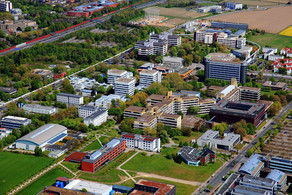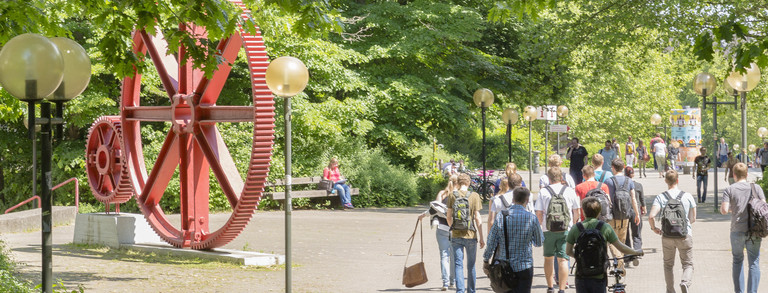Working More Sustainable
Energy saving tips for the office
The behaviour of the users of office and laboratory space has a significant influence on the energy consumption of the buildings. Below you will find some tips on how you can contribute to the optimised carbon footprint of TU Dortmund University through your behaviour.
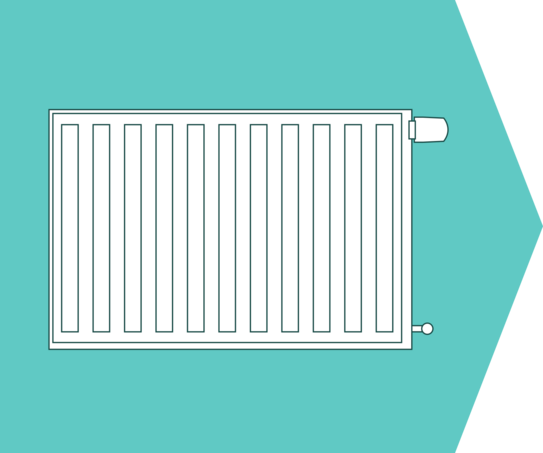
There is a heater in almost every office room at TU Dortmund University. There is usually a rotary knob (thermostat) on the radiator. Turn the knob to the right level. Here, 20 °C room temperature is optimal for light, sedentary work. Adjust the heating accordingly and you will find that you can work more concentrated. The following temperatures are only estimates and may vary slightly from building to building.
- Level 1 approx. 16°C
- Level 2 approx. 18°C
- Level 3 approx. 20°C
- Level 4 approx. 22°C
- Level 5 approx. 24°C
Be careful not to place the furniture too close to the heater so that the air can circulate well around the radiator. Turn off the heating when you open the window for regular airing.
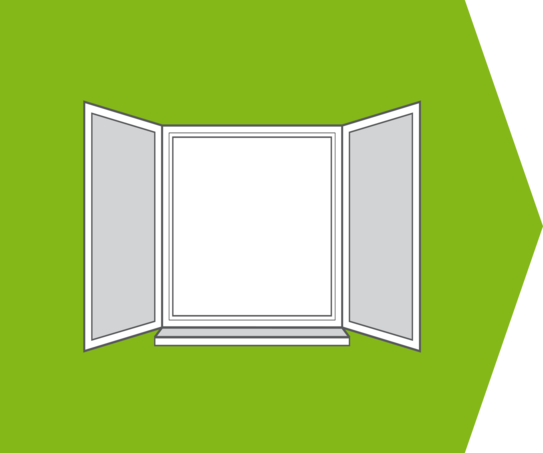
Make sure to let fresh air into your office regularly by opening the windows. Five to ten minutes of forced ventilation with the window wide open consumes less heat energy than leaving the window open all day.
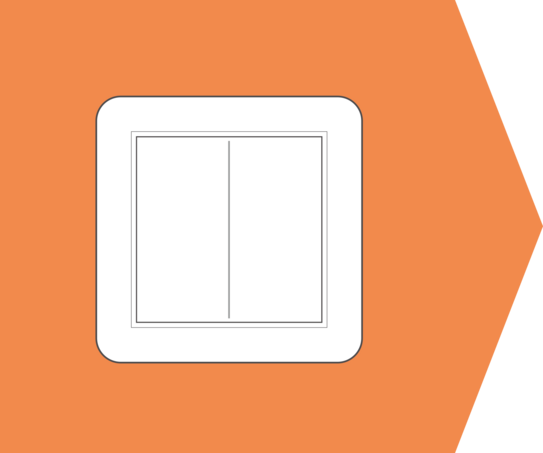
Don't forget to switch off the light when you don't need it! If your floor or table lamp not only has a switch but is also operated with a power supply unit, unplug it or plug it into a power strip that can be switched off, because these lamps can consume unnecessary electricity even when switched off.
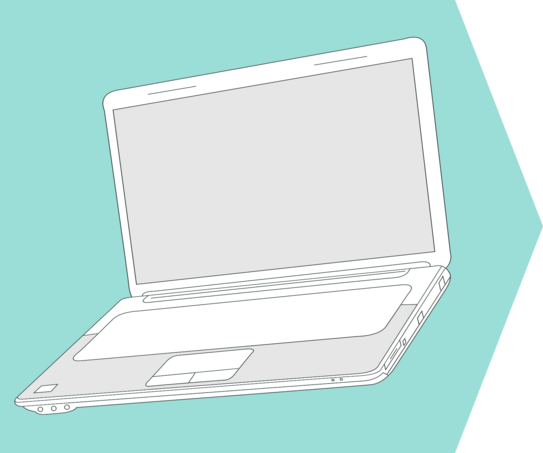
A particularly large amount of electricity can be saved by optimising the workstation computer. Power strips prevent standby consumption if they are consistently switched off when devices are not in use. Set up an optimal energy-saving mode in the operating system and switch off the devices completely even during small breaks.
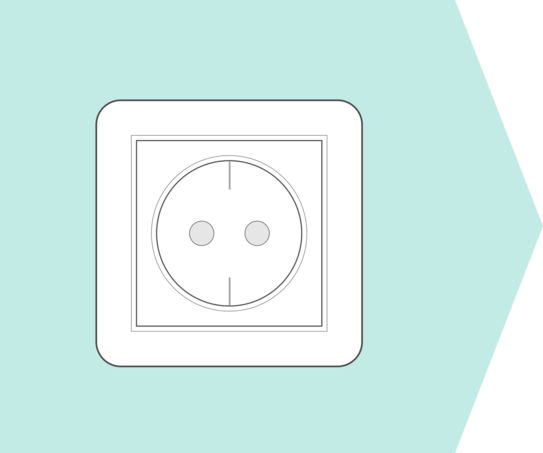
Many devices in everyday work are only used very rarely, but consume electricity continuously. For example, switch off coffee machines, printers, copiers and other machines as soon as they are no longer needed and unplug them.

